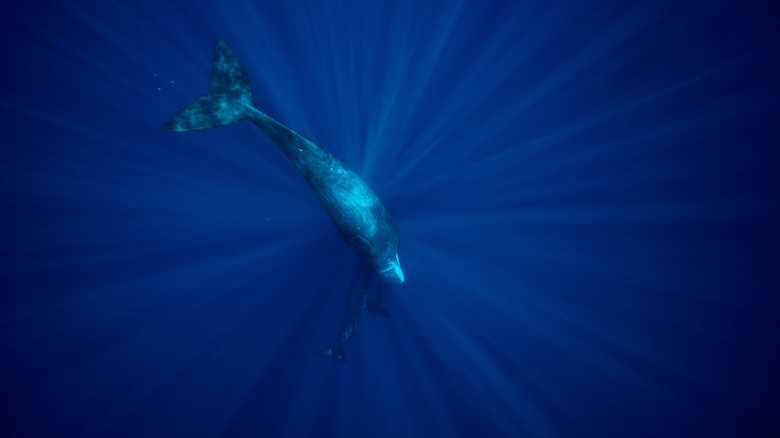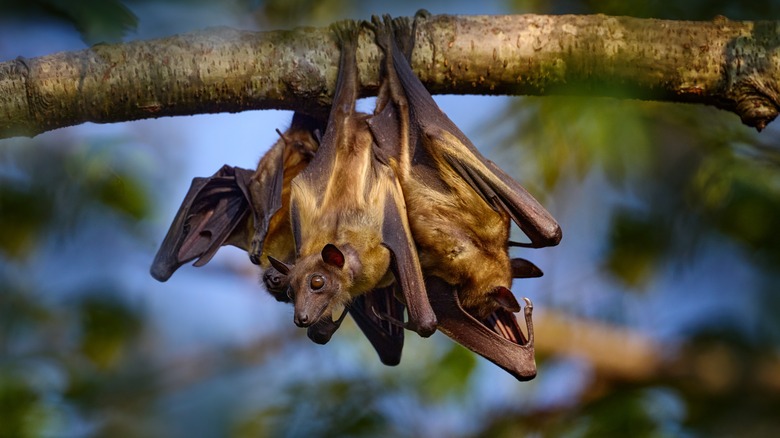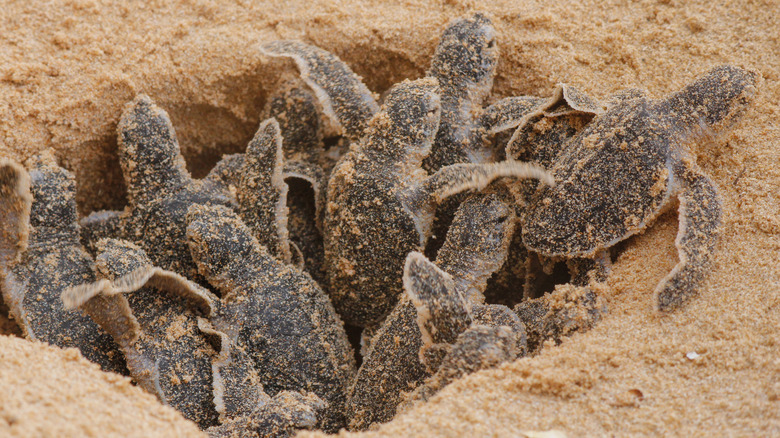Digital Bioacoustics: The New Technology That Lets Nature Speak
It has long been suspected that the natural world communicates in ways we couldn't possibly imagine. For example, as the South African botanist, zoologist, and anthropologist Lyall Watson recounts in his book "The Dreams of Dragons: Riddles of Natural History," in the 1960s a small band of ex-CIA investigators in New York, led by Cleve Backster, became convinced that plants secretly communicate with each other and non-human animals through electric signals. The investigators were able to detect these signals using a polygraph machine, also known as a lie detector.
As reported in The Guardian, Backster drew from his experiments the conclusion that plants are sentient, and may be capable of reacting empathically with other living creatures — resulting in his theory of "primary perception," a conclusion that was roundly dismissed by the scientific community.
Though such theories as Backster's have been labeled little more than pseudoscience, in recent years technological advances have revealed that the natural world does indeed communicate in ways that humans can barely recognize.
Digital bioacoustics
The new technology that has blown open the subtle ways in which non-human animals communicate is known as "digital bioacoustics," which The Guardian describes as the use of miniature recording devices deployed throughout the natural world to capture and process sounds that the human ear alone would find it impossible to detect.
In fact, the range of sounds that humans can hear is extremely limited compared to our non-human relatives — a fact that anyone who has blown a dog whistle could attest to. As the report describes, the way digital bioacoustics differs from the use of usual field microphones is that the devices in question may be set to detect sounds outside the range of human hearing, such as those on the ultrasonic or infrasonic range.
But not only are scientists looking to collect more data on sounds outside the range of the human ear than ever before, they are also analyzing what they find in new ways. Modern computer technology such as data processing algorithms and artificial intelligence (AI) have allowed those studying how the natural world communicates with itself to make more detailed observations about long-observed phenomena such as whale songs or the echolocation abilities of bats. It's revealed that these animals are capable of speaking to one another in greater detail than we have ever previously thought possible.
What digital bioacoustics has revealed
In September 2022, a group of marine biologists published a paper in Proceedings of the National Academy of Sciences (PNAS) journal titled "Evidence from sperm whale clans of symbolic marking in non-human cultures." The paper revealed new findings concerning the "clicking" sounds that emanate from the heads of sperm whales, a phenomenon that has long been observed and which, until now, scientists believed was an ability the mammals used to navigate around the deep seas and to echolocate potential prey. However, as noted in The Guardian, the paper argued that the clicking also performed a social function, and was used to give whales an individual identity and symbolic profile in the same way humans identify each other culturally through visual cues such as haircuts, fashion sense, and tattoos and piercings. Elsewhere, the scientists in charge of the study argued that the clicks functioned similarly to music in human culture.
Highly sensitive microphones have revealed that baby turtles communicate with one another while still in the egg to synchronize hatching, and that countless animal parents "speak" to their infants in previously undetected ways (via The Guardian).
It seems that in the 21st-century speculation regarding non-verbal communication between plants may have come full circle. Scientists in Tel Aviv have recently conducted experiments on tomato plants in which AI technology was employed to analyze the condition of plants using ultrasonic frequencies that can otherwise be detected by small animals and insects, raising the question of whether animals may draw information from plants in this manner.


